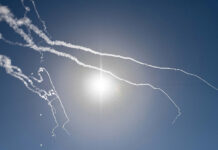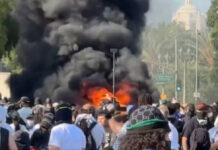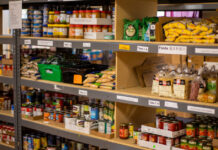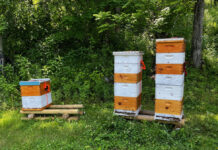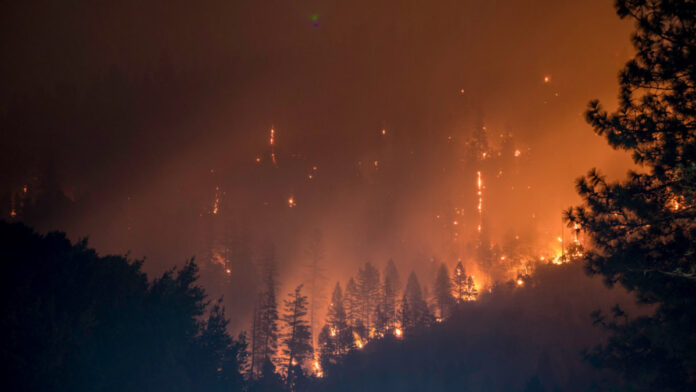
I am continuing to work on my preps, even though I am not adding much food to our long-term storage. Yes, I picked up six cans of chicken and eight cans of Spam on my last trip to Sam’s Club, but that was to replenish rather than bolster our prepper pantry.
My current prepping projects are largely infrastructure-related rather than survival gear or food. For example, I have purchased lumber and roofing materials for use when I build our fuel-storage bunker; I continue to source, cut, split and stack firewood; I am taking steps to improve our security; and I am working on minimizing damage from future landslides. I am also considering buying a pump and firehose to help fight wild fires.
Wild Fire Danger
The danger of a forest fire is higher now because all of the trees knocked down by Hurricane Helene provide ready fuel for a fire. Green wood is difficult to light, so I suspect the danger will grow worse as the downed trees dry over the next few years.
Because we are surrounded by hundreds of acres of forest, which include thousands of downed trees, my awareness of the danger of a wild fire has grown. The danger is mitigated somewhat by our frequent rainfall, but we do have some multi-week periods without rain and it can get dry in late summer.
Our landscape is somewhat fire-proof because there are no trees close enough to fall onto the house if they were burning. Other than a few annual flowers, there is no greenery right against our house. There are no shrubs or other landscaping because we’re in the middle of nowhere, not in suburbia. We don’t need to plant azaleas when there are rhododendron in the woods all around us.
Our house also has a metal roof, which resists embers. The house itself, however, is wood. Worse yet, we store flammable things like bales of hay and empty beehives (think wood filled with wax) under our deck. And speaking of decks, they often catch on fire before the rest of the house. If fire threatens, I’ll move the flammable stuff well away from the house.
Stay or Go
It always seems to come down to bugging in or bugging out. I didn’t bug out during Helene, even though local officials encouraged use to, so I do not plan to bug out for a fire.
When my wife brought up preparing a go-bag in case we needed to evacuate because of a fire, I laughed because we already have bug-out bags. I told her, she could evacuate, but I was staying put to fight the fire. If you look at people who were prepared and stayed behind in California, they all saved their houses. That’s my plan.
We just need to prep for firefighting.
There are two exterior hose bibs on opposite ends of the house. There is a coil of 150 feet of hose on the back and 200 feet out front. This is more than enough to reach all around the house, chicken coop, garden, and bee yard. I can even spray down the fuel bunker location, although that might be a lost cause in a raging fire. We also have enough pressure to spray a good 30 feet.
The only problem with using the house water to fight a fire is our water supply is limited. Our cistern may hold hundreds of gallons, but I don’t expect it to last more than four or five hours of firefighting. When they pressure washed our house, for example, they ran out of water before they ran out of work.7
Fire Fighting Equipment
I considered buying a 2-inch trash pump and some 1.5-inch fire hose, but decided our stream does not have sufficient water to feed that big a pump. Instead, I will likely invest in a 1-inch gasoline-powered pump and use 1-inch firehose with an appropriate nozzle. I may also pick up a used IBC tote or two. Depending on the size, a tote would provide 330 gallons of water for immediate use. I can then use the pump to refill it from the spring.
It will take some testing with the pump to determine if it is better to pump water directly from the creek, or to pump it into the tote and then from the tote. I expect the water volume will be better from the tote because the pump won’t have to do any lifting.
If needed, I could put the IBC tote on my pickup truck bed. If I get a side-by-side, I could tow it around on a trailer. That would allow me to move the fire-fighting station to the fire, even if it is on a neighbor’s property.

